The Blind Boys of Alabama
Down in New Orleans
Time/Life 2008
www.blindboys.com
Since its organization nearly seventy years ago, the Happyland Singers (aka Blind Boys of Alabama) has developed from one of many professional quartets appearing at country churches and high school auditoriums for a slice of the widow’s mite to a top gospel quartet attraction to an American icon. After its seminal role in the popular musical The Gospel at Colonnus, the Blind Boys played folk and roots music venues throughout the country, produced four Grammy Award-winning albums and leveraged their visibility to score cross-genre collaborations, most notably with Bonnie Raitt, Lou Reed, Randy Travis, Peter Gabriel and Ben Harper.
On Down in New Orleans, the Blind Boys join forces with another iconic ensemble, the Preservation Hall Jazz Band, and with legendary NOLA pianist Allan Touissant and the Hot 8 Brass Band, in a production that has the air of a Saturday afternoon jam session. Hearing these musicians working together demonstrates just how fine a line exists between the secular and the sacred, and how difficult it is to know exactly where one ends and the other begins.
The Blind Boys of Alabama have recorded in New Orleans at least twice before: at Cosimo Matassa’s fabled studios for a 1957 Specialty Records session, and during an appearance at New Hope Baptist Church ten years later, during which they all but ripped the roof off the church with their fiery performance.
For these recordings, the alpha presence in the group was charter member Clarence Fountain. Fountain’s recent absence from the group has placed lead responsibilities in the capable hands of diminutive Jimmy Carter. Audiences will recall Carter as the singer-athlete who walked the aisles and did backbends during his show-stopping rendition of “If I Had a Hammer.”
Down in New Orleans is comprised of the evangelical hymns, gospels and spirituals that were the mainstays of quartet presentations during the Golden Age. “You Got to Move” and “I’ve Got a Home” are drive songs especially reminiscent of 1950s Blind Boys recordings, while “How I Got Over” has that slow, swaying Pentecostal feel that Mahalia Jackson bestowed on the composition in 1951.
“How I Got Over” and another album track, “If I Could Help Somebody,” were part of Jackson’s considerable repertory, and that’s no mere coincidence. ‘Halie grew up in New Orleans’ “Pinching Town,” her singing style forever a postcard from home. It contained what Carter describes in the liner notes as a key component of New Orleans music: “syncopation, a push and pull.”
Sure the Blind Boys of Alabama are not as vocally rambunctious as they were fifty years ago – their Specialty sessions of the early 1950s are arguably their finest – but in their voices today are carved the wisdom of experience and the toughness of dedication. They have earned every bit of their reputation as rocks in a weary land.
Three of Four Stars
Written by : Bob Marovich
Bob Marovich is a gospel music historian, author, and radio host. Founder of Journal of Gospel Music blog (formally The Black Gospel Blog) and producer of the Gospel Memories Radio Show.

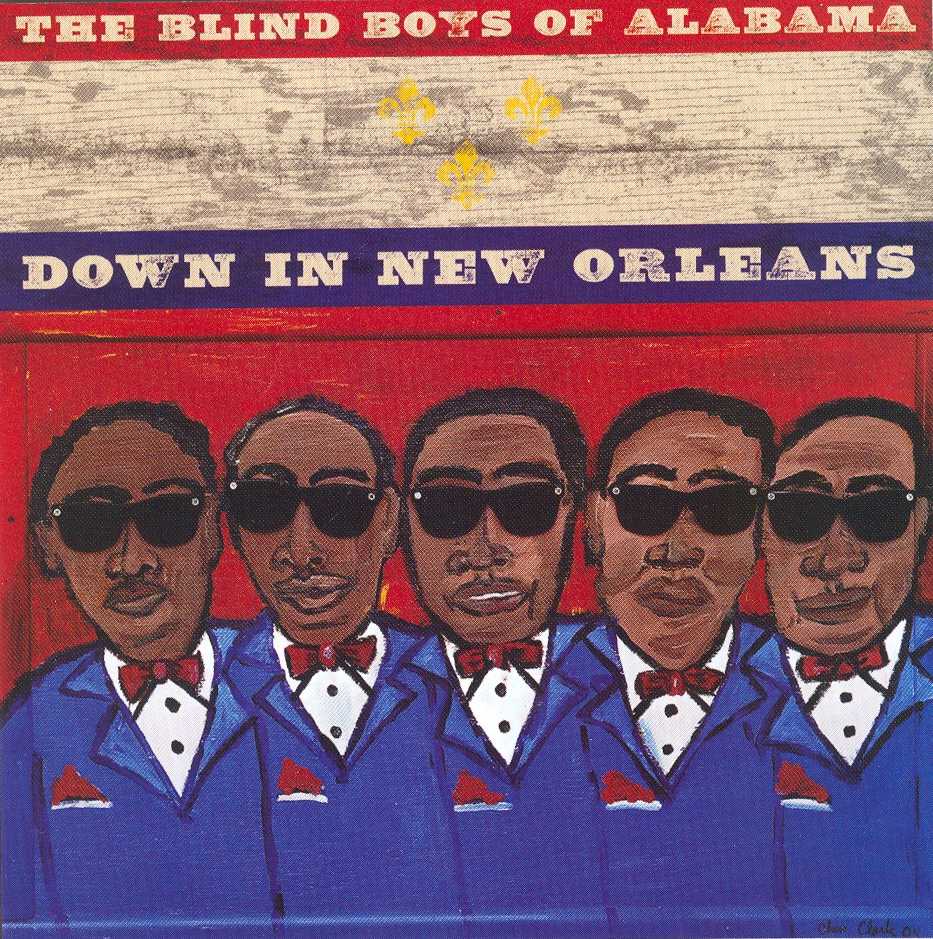
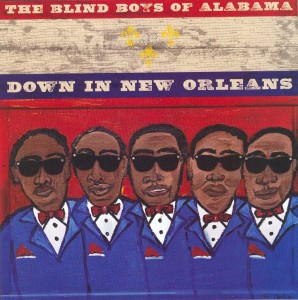
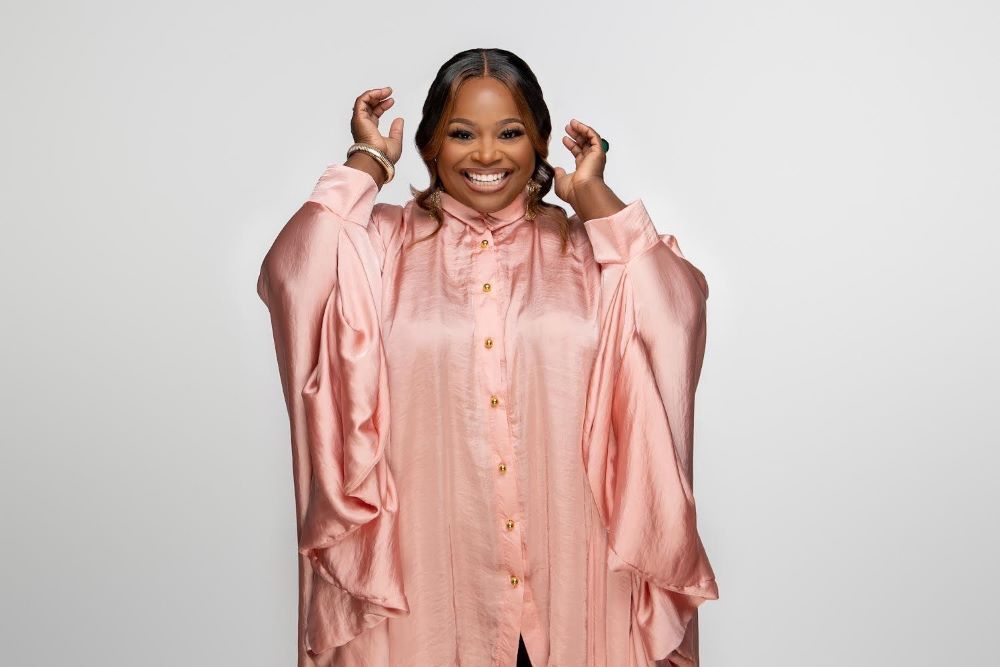
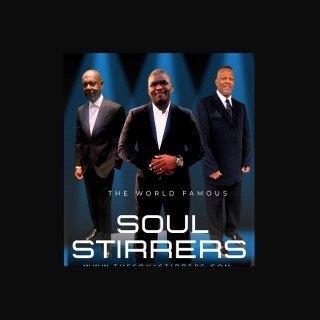
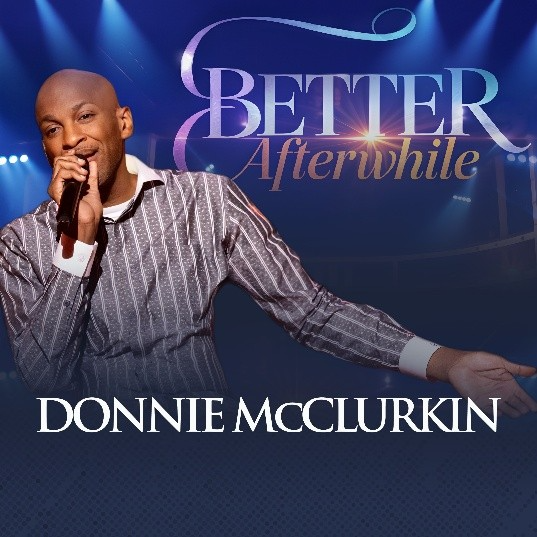






 Visit Today : 211
Visit Today : 211 This Month : 50430
This Month : 50430